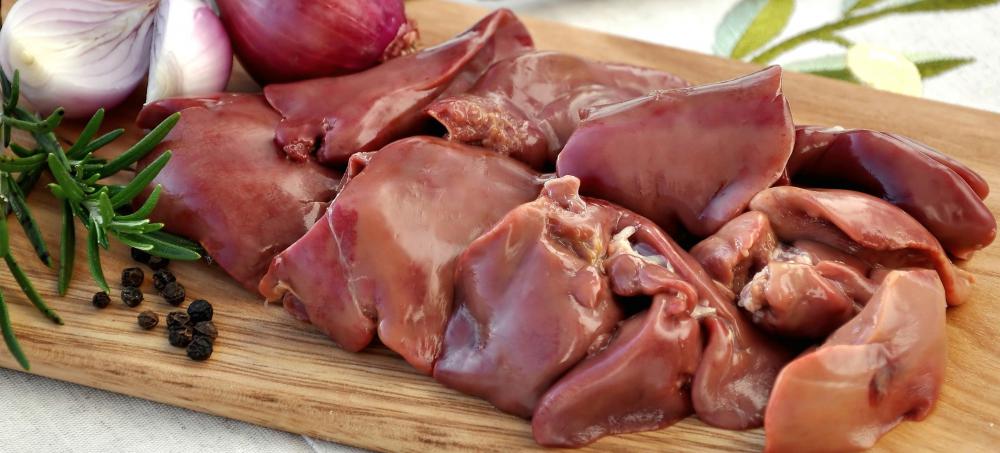At DelightedCooking, we're committed to delivering accurate, trustworthy information. Our expert-authored content is rigorously fact-checked and sourced from credible authorities. Discover how we uphold the highest standards in providing you with reliable knowledge.
How do I Cook Gizzards?
The two most common ways to cook gizzards are by frying and boiling them. Both ways allow them to be cooked thoroughly, and can consist of numerous possible variations within the dish. If a plain gizzard is desired, then it is possible to simply cook it by itself, or it can be breaded with flour or other breaded, then fried. Cooking them for the proper amount of time, without over cooking them, is an important step in preparing gizzards. The most important step when cooking gizzards, is that the preparation can make the difference between a perfectly cooked gizzard and a rough piece of rawhide.
When attempting to cook gizzards, the preparation is the most important step. All of the excess fat and gristle needs to be cut off with a sharp knife. Once they have been trimmed, they must be thoroughly washed under cold, running water. They should be placed into a colander and allowed to drain completely before cooking them. These steps remove the parts that will make them taste dry and tough, as well as cleaning out the gritty particles that are contained within them.

Frying is the most popular way to cook gizzards because it allows the chef to place an outer coating on them, much like when preparing fried chicken. The step that most people skip when frying them is that they need to be boiled for a short period of time before the breading is applied and they are placed into the pan. This helps to tenderize them, and adds moisture into the center to prevent them from drying out. Once the gizzards are placed into the hot pan, it is imperative to have the heat on high and brown both sides before reducing the heat.

The final way to cook gizzards is by boiling them. This method of cooking is popular when adding them into other dishes, such as in a sauce poured over noodles or rice. To accomplish this effectively, the gizzards need to be placed into a pot and then cold water added until they are completed submerged. The heat should be on high, and a lid should partially cover the pan. This allows the pot to breathe but traps the majority of the heat within to help cook the gizzards thoroughly.

There are numerous recipes that can be found when attempting the task of cooking gizzards. Many combinations can be made, and various different types of outer coatings can be included. No matter what the recipe calls for, though, they all follow the same basic guidelines. Proper preparation is the first step when cooking them, and then either frying or boiling them before adding them into the main dish.
AS FEATURED ON:
AS FEATURED ON:













Discussion Comments
It's important to know that chicken gizzards, especially fried ones, are going to be a little chewy in texture. You can do a few things to tenderize them before cooking, but it's just the nature of the gizzard. If you want something that's easier to chew, I suggest fried chicken livers. Fried gizzards and livers are often served at convenience stores that feature a fresh deli section. They are usually inexpensive, and the serving size is often generous. I prefer mine with a substantial amount of seasoned salt in the breading. Some people like to dip them in a hot pepper sauce, like Tabasco. I wouldn't call gizzards a health food, but they are definitely an affordable food.
Post your comments